Explanation
Seorak Special Tourist Zone is a vast zone included in 3 administrative districts, encompassing the entirety of Seoraksan Mountain. In this zone, visitors have various ways to enjoy Seoraksan Mountain and the natural environment of the East Sea region.
Sokcho, which occupies the largest area in the zone, comes first when talking about Seoraksan National Park. Tourists can appreciate the picturesque scenery of the sea and coastal lakes as well as the mountain scenery of Seoraksan Mountain. Hikers can climb the mountain or ride a cable car. Sokcho Beach is a hot spot that attracts young people who fill the place with energy and life all through the summer.
Abai Village, which appeared in several TV dramas for its unique atmosphere, and Sokcho Jungang Market offer local specialties, such as abai sundae (Korean sausage) and dak gangjeong (glazed fried chicken bites).
Goseong, which is bordered by Seoraksan Mountain and Geumgangsan Mountain, is part of the Northern Limit Line (NLL) that offers a unpolluted, beautiful landscape around the Demilitarized Zone (DMZ). Hwajinpo Beach near Hwajinpo Lake, which is a lagoon, and Songjiho Beach near Songjiho Lake are the best places to spend a peaceful vacation. At Hwajinpo Lake, tourists can visit the summer house used by the first South Korean President Syngman Rhee and Castle of Hwajinpo, visited by the former North Korean leader Kim Il-sung before the division of the Korean Peninsula. Lastly, although it is a relatively small part of Seorak Special Tourist Zone, Yangyang has resources for mountain tourism and maritime culture, such as Seoraksan National Park and Naksan Provincial Park. Naksan Beach, Naksansa Temple and Hajodae are popular tourist sites. It is also famous as a district producing high quality pine mushroom.
* Current State of Seorak Special Tourist Zone
1) Districts Covered: Areas around Sokcho-si and parts of Goseong and Yangyang-gun, Gangwon-do
2) Area: 138.2k㎡(Sokcho 104.9k㎡, Goseong 30.5k㎡, Yangyang 2.8k㎡)
* Tourist Attractions
Seoraksan National Park, Sokcho Beach, Naksan Provincial Park, Hwajinpo Lake, Songjiho Lake, Hajodae Pavilion, Naksansa Temple, Osaek Mineral Spring, etc.
Inquiry
+82-33-249-2775
Homepage
seorak.knps.or.kr (Korean, English, Japanese, Chinese)
www.sokchotour.com (Korean, English, Japanese, Chinese, Russian)
Information Use
Contact and Information : • 1330 Travel Hotline: +82-2-1330
(Korean, English, Japanese, Chinese)
• For more info: +82-33-249-2775
Parking facilities : Parking lots are available at Seoraksan National Park, Naksan Provincial Park, the beaches and tourist sites.
More information
Restrooms
Public restrooms are available at Seoraksan National Park, Naksan Provincial Park, the beaches and tourist sites.
Available Facilities
Tourist information center, souvenir shop, entertainment restaurant, casino
Interpretation Services Offered
Sokcho Cultural Tourism, Goseong Cultural Tourism and Yangyang Cultural Tourism offer travel information on each of their websites in English, Chinese, Japanese and Russian.
Location
Sokcho-si, Gangwon-do Goseong & Yangyang area
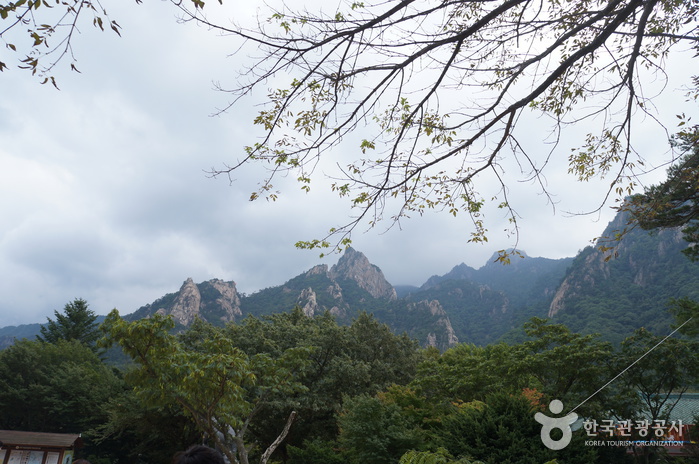
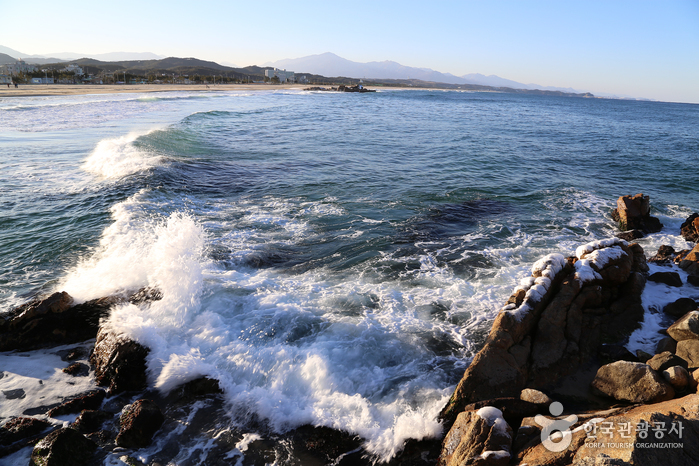
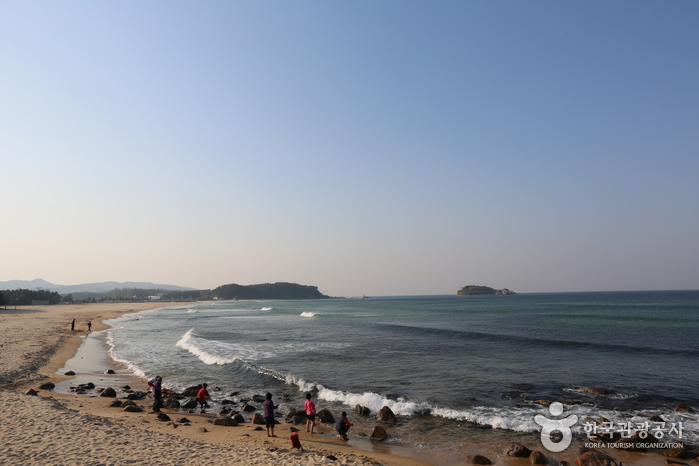
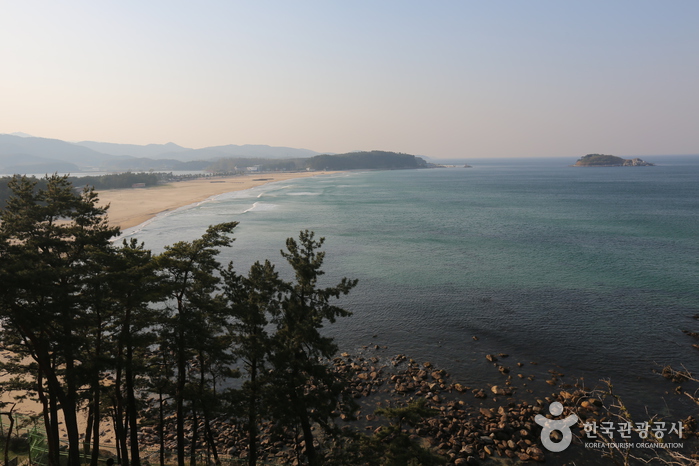
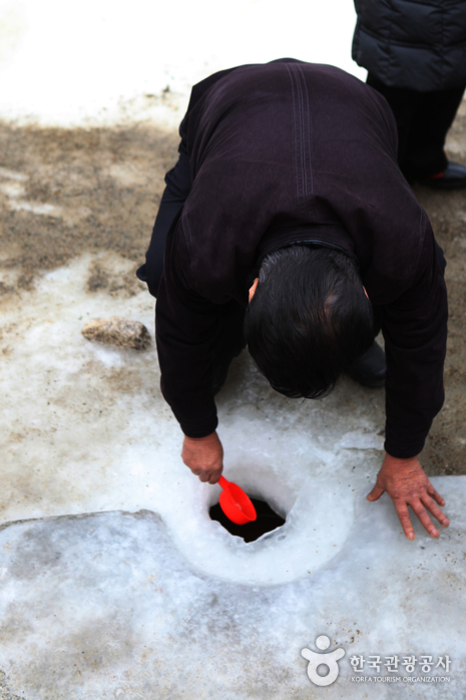
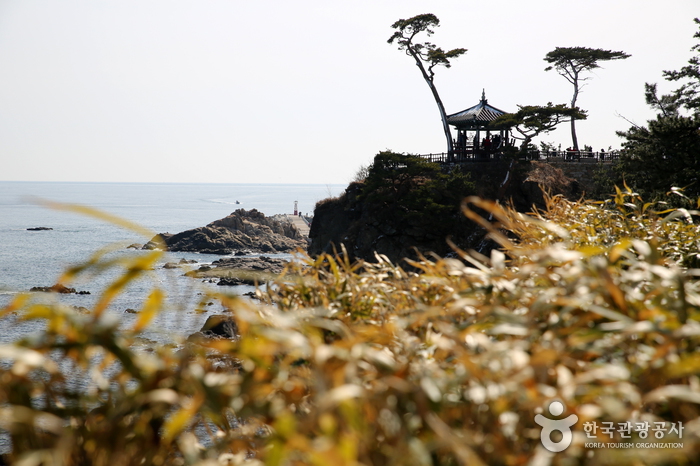
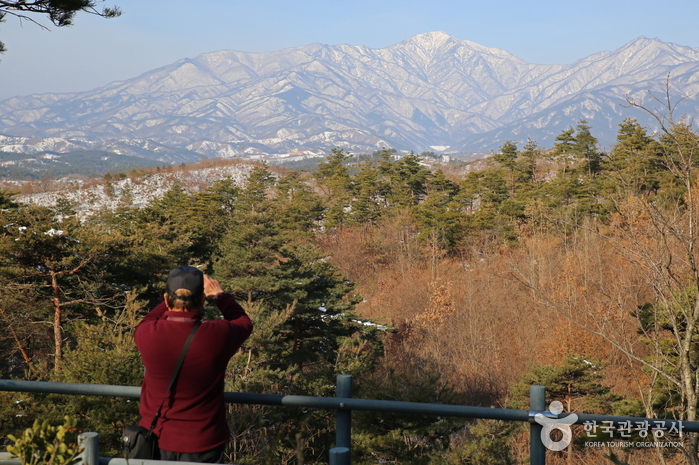
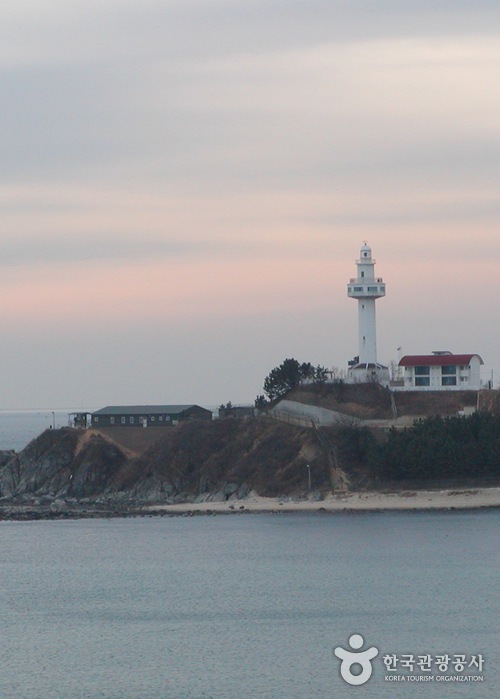
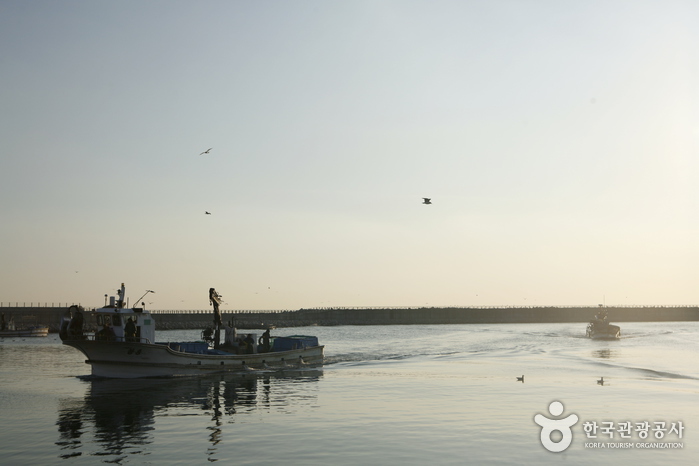
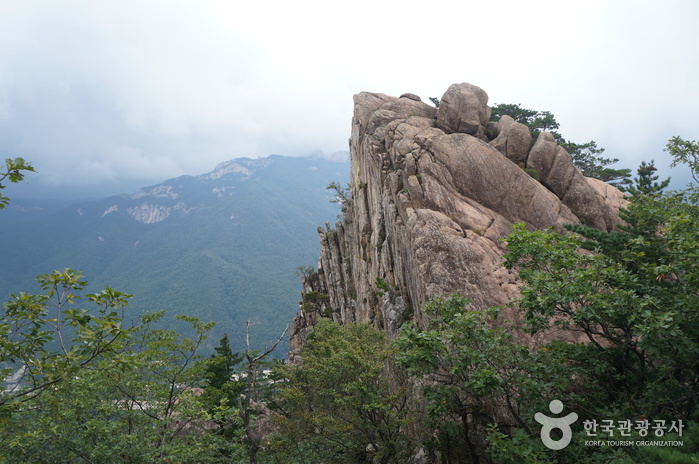
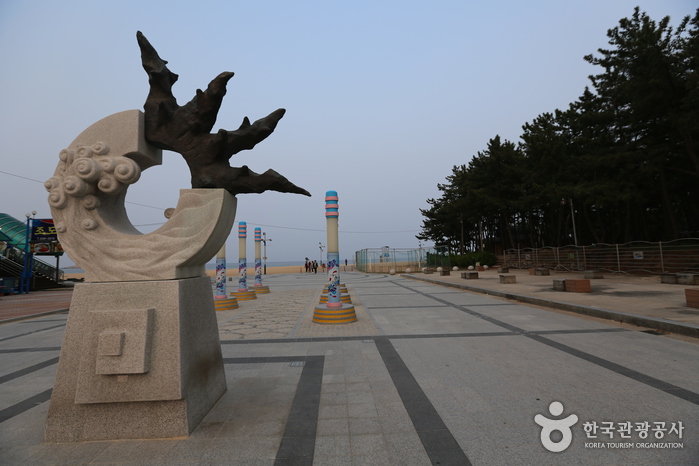
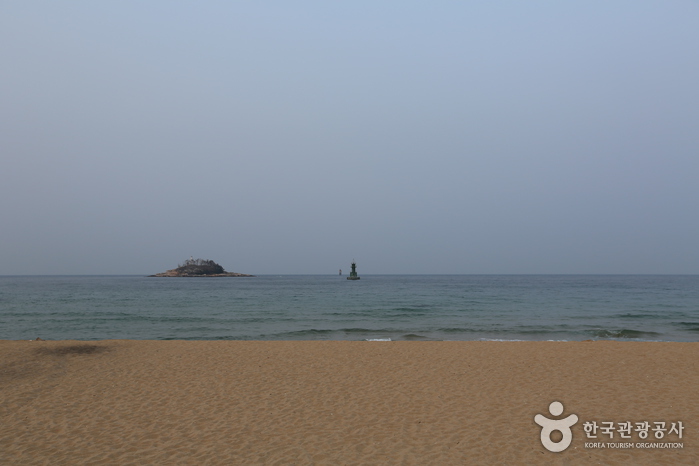
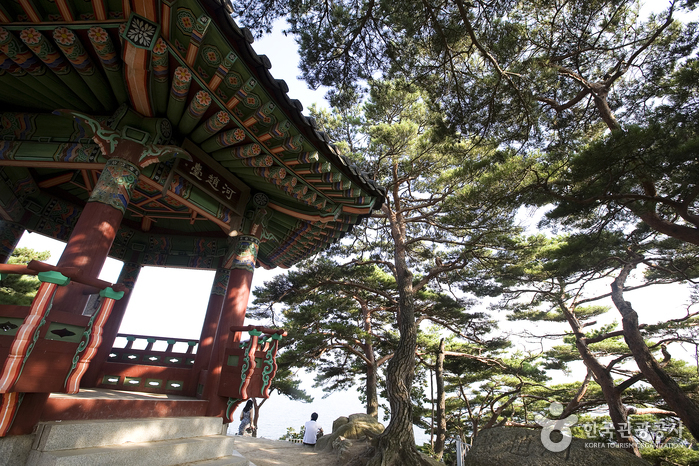
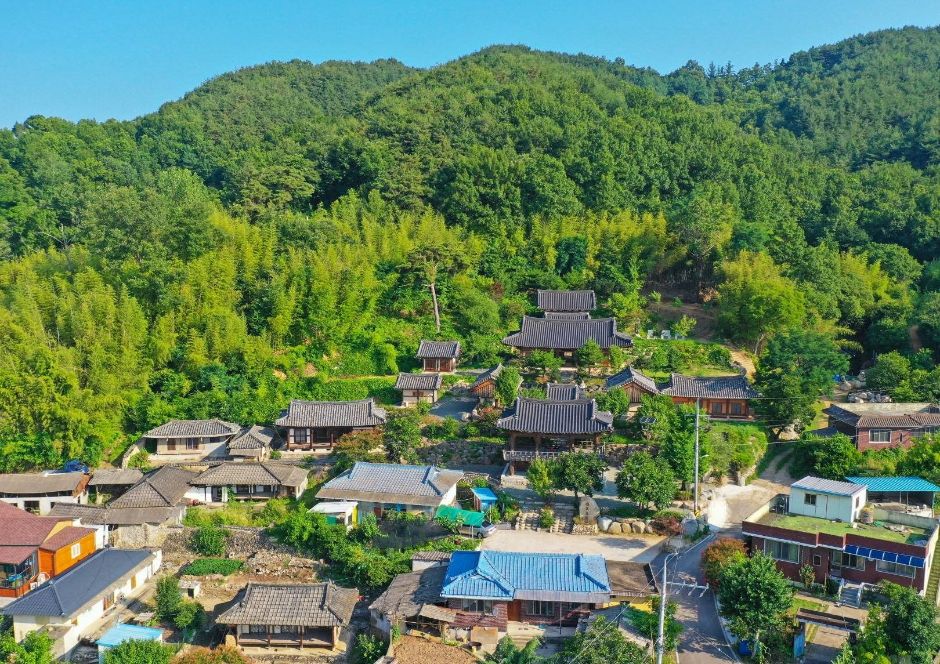

 English
English
 한국어
한국어 日本語
日本語 中文(简体)
中文(简体) Deutsch
Deutsch Français
Français Español
Español Русский
Русский